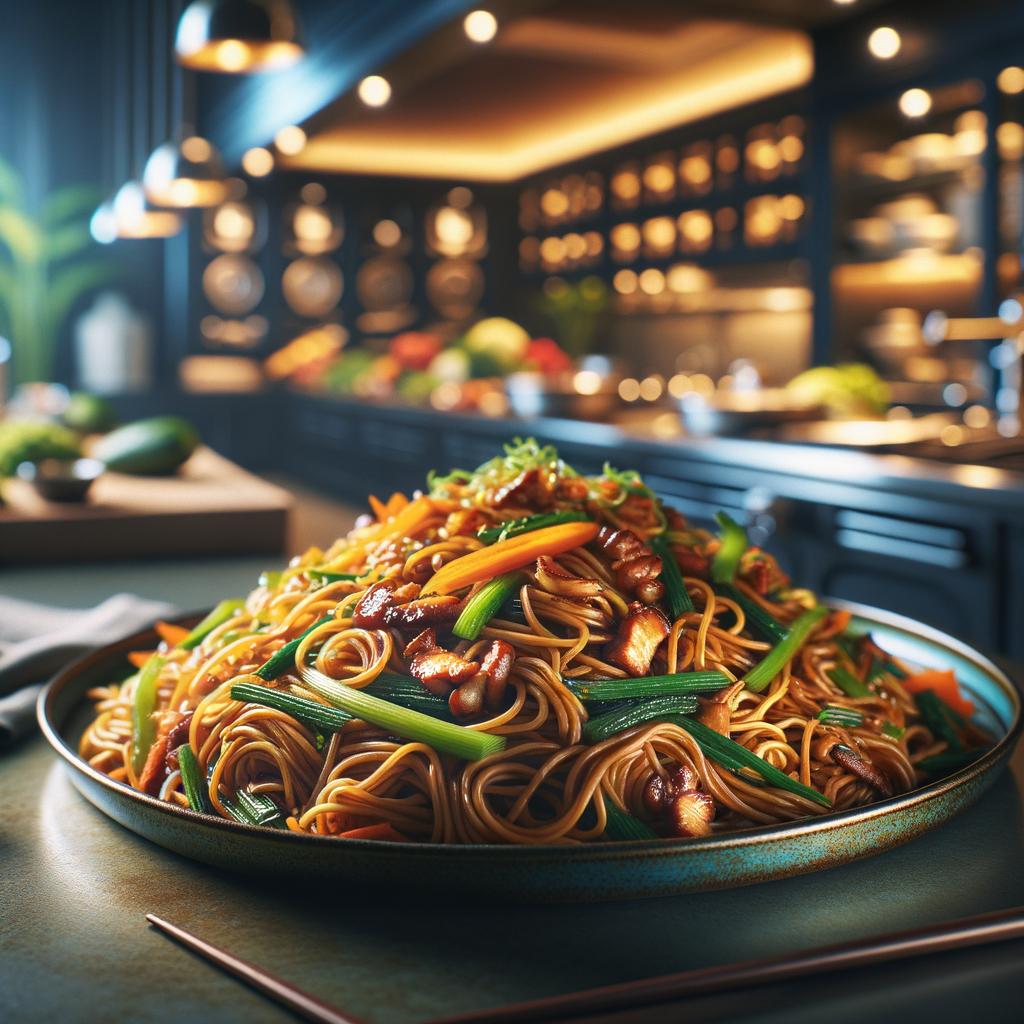Yakisoba Noodles

Yakisoba Noodles
Description
Yakisoba Noodles, a staple of Japanese cuisine, are a delightful combination of simplicity and versatility. These noodles, often mistaken for ramen, are characterized by their distinct, flat shape and firm, chewy texture. The flavor profile of Yakisoba Noodles is relatively neutral, allowing them to absorb the flavors of the ingredients they are paired with. A unique characteristic that sets Yakisoba apart from similar noodles is that, despite their name which translates to "fried buckwheat," they are actually made from wheat flour.
Primary Uses
Yakisoba Noodles are primarily used in the preparation of the popular Japanese dish, Yakisoba, a stir-fried noodle dish mixed with bite-sized pork, vegetables, and a unique, sweet and savory sauce. They are also used in other Asian cuisines, such as Chinese and Korean, often serving as a key component in stir-fries, soups, and salads. Beyond their culinary uses, Yakisoba Noodles also hold cultural significance in Japan, being a popular choice for festival food and symbolizing long life and good health.
History
The history of Yakisoba Noodles can be traced back to post-World War II Japan, when food was scarce and the people needed a cheap, easy-to-prepare meal. The noodles quickly gained popularity due to their delicious taste and versatility, and soon became a staple in Japanese cuisine. Over time, Yakisoba Noodles have evolved from a simple street food to an ingredient enjoyed in a variety of dishes across the globe. An interesting folklore associated with these noodles is the belief that slurping them brings good fortune and wards off evil spirits.
Nutritional Information
Yakisoba Noodles are a good source of complex carbohydrates, providing a steady release of energy. They also contain a modest amount of protein. Compared to similar ingredients like ramen noodles, Yakisoba Noodles are often lower in fat and sodium, especially when prepared from scratch. However, like all foods, they should be consumed in moderation as part of a balanced diet. It is also worth noting that due to their wheat content, they are not suitable for those following a gluten-free diet.

